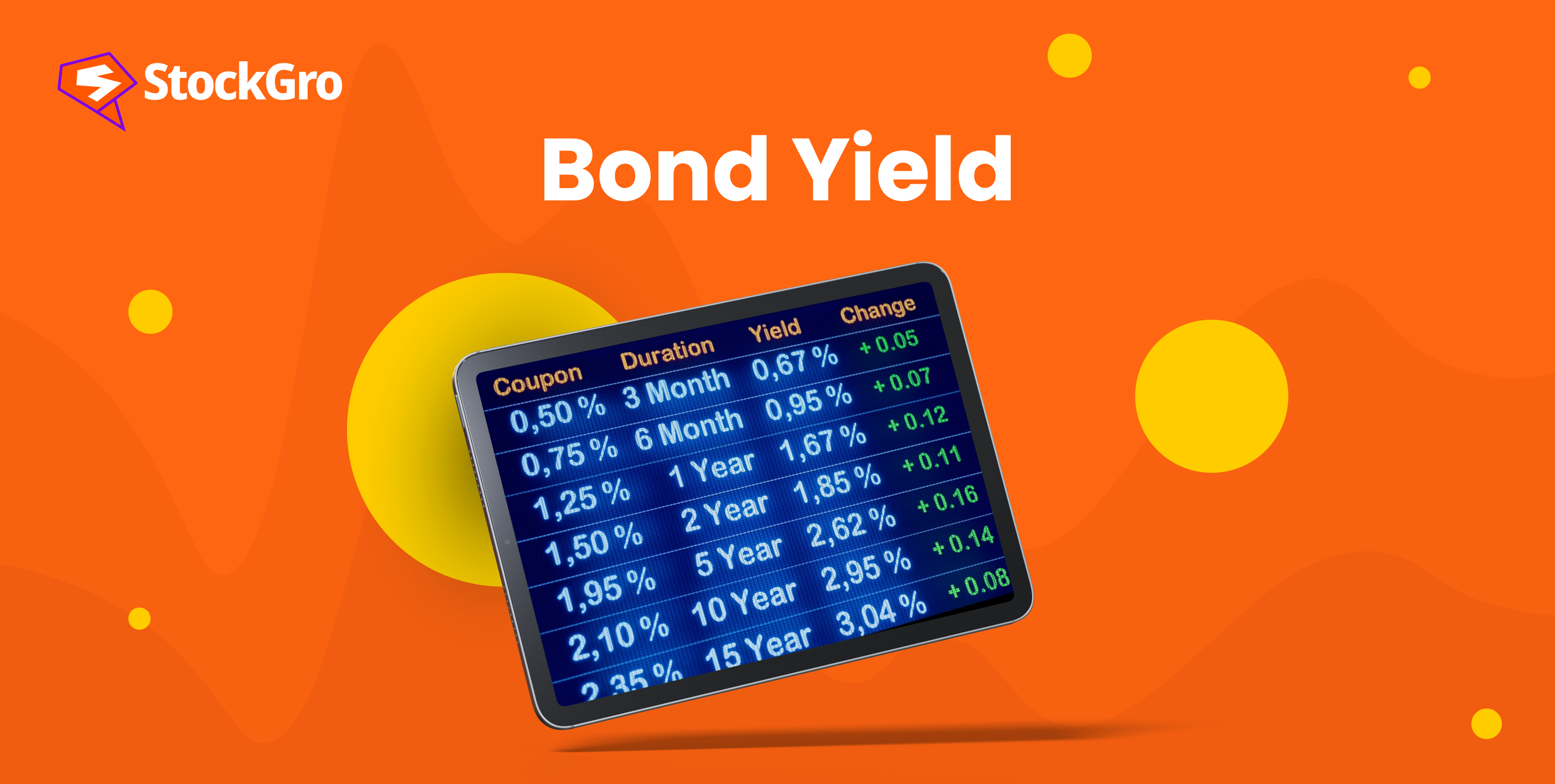
Trading in the secondary market involves buying and selling securities from existing investors. But, there is also a way for investors to directly invest in securities in the primary market – through IPOs and NFOs.
Subscribing for securities through an IPO or NFO involves buying instruments directly from the primary issuer. While they are conceptually similar, IPO and NFO are different in various aspects. In this article, we will delve deeper into what NFO and IPO funds are, and understand the distinction between the two.
What is NFO?
NFO in the share market stands for New Fund Offer.
NFOs are new mutual funds offered by asset management companies, inviting investors to invest their money in them. Asset management companies pool money collected from different investors and invest it in different securities like shares, debentures, bonds, etc.
Simply put, NFO is the method used by mutual fund companies to raise money from the public for their business operations.
Also read: The Complete Guide to NFO – New Fund Offe
What is an IPO?
IPO stands for Initial Public Offering.
IPO is the process of companies going public i.e., companies issuing their shares to the public to raise capital to run their business. IPO involves direct transactions of shares and money between investors and the issuing company.
The same shares are then traded by investors on stock exchanges to profit from price fluctuations in the market.
The key differences between NFO and IPO
Now that we understand what is NFO in trading and IPO, let us go through some important differences between them:
Issuer
The primary distinction between NFO and IPO is the issuer of these offerings.
While mutual fund and asset management companies issue NFOs, IPOs are offered by companies that intend to go public.
The Securities and Exchange Board of India (SEBI) regulates IPOs and NFOs. However, the Association of Mutual Funds is a regulatory body constituted by SEBI specially to monitor the activities of mutual fund companies based on the guidelines of SEBI.
Fund utilisation plan
Both asset management companies and public limited companies utilise funds from NFOs and IPOs for their day-to-day operations. However, the nature of operations is different for these companies.
While the regular public limited companies issuing IPOs conduct their business in various areas such as healthcare, finance, fast-moving consumer goods (FMCG), telecom, hospitality, etc., asset management companies are primarily institutions in the financial sector.
The objective and daily operations of mutual fund companies are to collect funds from investors and invest them in securities of public limited companies and other financial markets.
Regular public limited companies use funds from IPOs to expand their businesses, acquire raw materials, purchase fixed capital such as machinery, hire new labour, etc.
Also read: Understanding the difference between equity and debt IPO for the right investment
Price per unit
The price per unit of security, i.e., share or debenture in an IPO depends on different factors like the company’s background, current financial position and goodwill, economic conditions of the industry, etc.
Ratios like Price-to-Earnings (P/E), and Price-to-Book (P/B) play a critical role in determining the value of a company’s shares in the secondary market since such ratios determine the stock’s performance.
On the other hand, most NFOs have a face value of ₹10 per unit. Net Asset Value (NAV) is used to determine the performance of a mutual fund. NAV per unit is the market value of securities in the scheme divided by the number of units in the fund.
Investing procedure
Investors can invest in NFOs and IPOs through a broker. While IPO requires investors to have a demat account, NFO does not require a demat. It only requires investors to open accounts with their brokers or asset management companies.
To invest in an existing mutual fund, investors can either choose to invest through a lump sum mode or a SIP (Systematic Investment Plan) mode. To invest in stocks that are already listed on the stock exchange, investors must trade through brokerage platforms using their demat accounts.
Risk involved
The risk involved in investing in an NFO is relatively lower than investing in an IPO. Since NFOs are mutual fund offers handled by asset management companies, they allot dedicated fund managers to manage every client’s portfolio. The specialised knowledge of fund managers favours clients since their money gets invested in well-researched securities.
Investors investing in stocks through IPO must keep a constant check on the market and the stock’s performance. Lack of time and skill may delay buying and selling decisions, leading to losses.
Another significant feature of investing in mutual funds is the opportunity to hold a diverse portfolio. Mutual funds invest a portion of funds in debts, equities, money market instruments, and so on, balancing the risk and return for investors. The equity share market, on the other hand, is risky and is subject to constant fluctuations.
NFO vs IPO – The current Indian scenario
The number of demat accounts has recently seen a significant rise, and the country has 12.97 crore demat accounts as of September 2023.
September has seen the maximum number of IPOs since 2010, with 14 companies going public and collecting a total of ₹11,800 crores.
The total assets under management (AUM) in mutual funds stood at ₹47.8 lakh crores in October 2023. The mutual fund AUM has grown more than 5 times in the last 10 years. The total number of accounts in mutual funds as of October 2023 was 15.96 crores. Also, the collection of funds through SIP reached an all-time high of ₹16,042.06 crores in September 2023.
Also read: Understanding AUM: Mastering financial skills
Bottomline
So, is it good to invest in an NFO or IPO? Well, it depends on various factors.
The statistics show that the demand for mutual funds and the stock market are increasing. However, keeping numbers aside, the investor’s preference is of utmost importance while making investment decisions. Investors must thoroughly analyse their financial objectives and risk appetite while making a choice.
The stock market is suitable for those looking at high-risk-high-return securities, whereas, mutual funds are ideal for investors looking at low-risk-stable-return opportunities.

